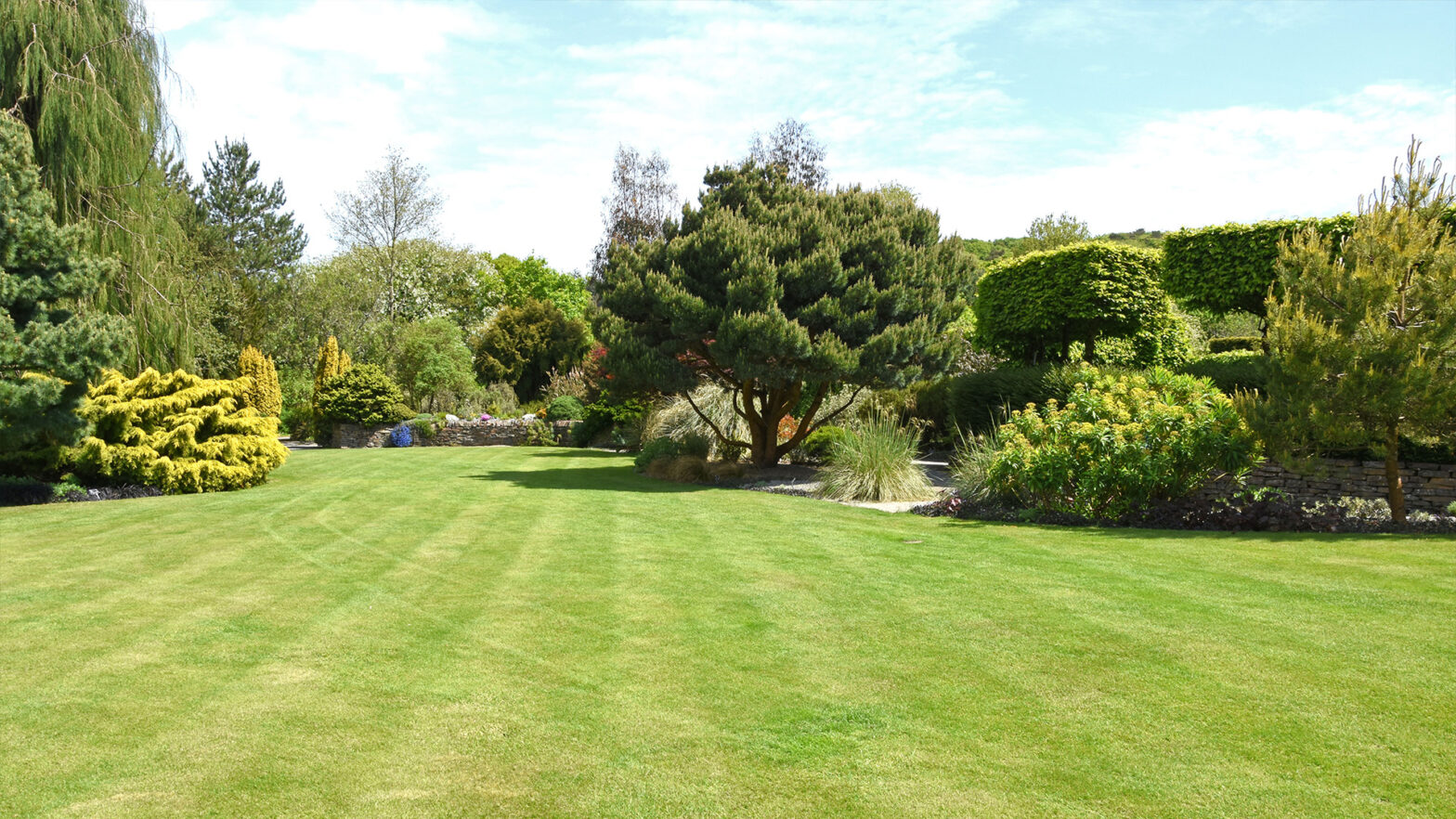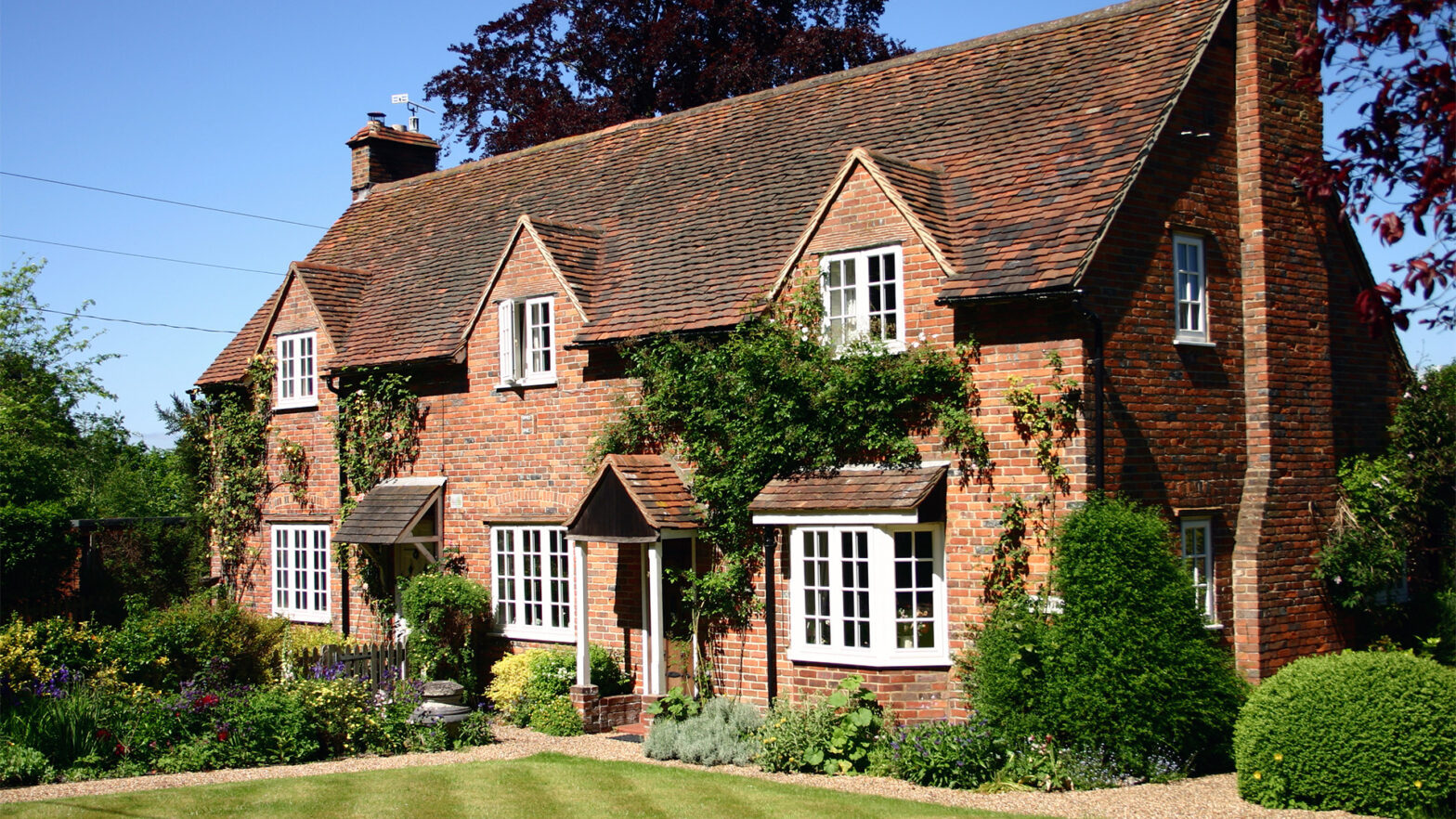
A beginner’s guide to meditation and mindfulness
You might have heard of the word “mindfulness” alongside the benefits of meditation. Perhaps you’re never completely sure what is meant by this expression and you feel that it’s something for other people? If this is the case, you couldn’t be more wrong, everyone can reap the mental health benefits of meditation. The pace of your breath is related to your heartbeat and blood pressure. There’s a lot of physiological science behind this, but – essentially if we consciously slow down our breath rate, it makes the heart pump slower, which has a knock-on effect with your blood pressure and the levels of anxiety we feel.
To show you how mindfulness could help you make your 2021 a better mental health year, the experts at SupportRoom have shared everything you need to know.
What is mindfulness?
You might be mistaken that mindfulness is about banging gongs and expressing yourself through the medium of dance. But that couldn’t be further from the truth. Mindfulness is about learning to inhabit your thoughts, existing in the present moment, and developing a deep awareness of your actions and behaviours.
You could say that mindfulness is a facility we’ve lost – the ability to become fully aware of where we are and of what we’re doing. Modern life bombards us with stimulation in the form of information, education, entertainment, and distraction. In short: most of us have lost our ability to be still.
The reality of modern life
Perhaps you go out for the day. You visit a new town or go for a walk in the countryside. You see something wonderful, like a fantastic sunset or a striking building. What’s your first instinct? For many of us, our instant response is to take a picture and share it on Social Media. We see that beautiful sight through a digital screen, and we give the memory to our camera and followers. We capture the picture before we’ve had a chance to check in with how it makes us feel. We then move on to the next wonderful thing to capture and continue to remember the pixels, rather than the moment.
Instant gratification
Depression and anxiety are at an all-time high in lockdown – poor mental health is the second most prevalent illness in the UK. There is a commonality in the need for instant gratification provided by the likes and comments we get from social media, with unsatisfying outcomes that affect our mental health. Instant gratification is a short-lived euphoric hit. And when the initial rush recedes, we’re left with an addictive need for more of the same, it’s unsustainable.
How mindfulness and meditation can help
Mindfulness is the most natural state of being. But we must relearn how to connect our thoughts to the present moment to access it. Many meditation techniques rely on the use of breath to bring us into the present moment. There is talk about the “emptying of the mind” but this is almost impossible. Every single breath is entirely unique, like each flame in a fire. It happens once and once only. And this is what we learn to recognise. There’s a saying in yoga that you aren’t allotted several days, hours, or minutes that we live; we’re prescribed a few breaths.
Ujjayi breathing
Stage 1 of Ujjayi pranayama (according to BKS Iyenger) is about recognition and becoming aware of your breath. Practice this awareness of the breath for as long as you like. Start with a minute or two, then extend the duration of your practice.
- Lay down on the floor – if you can, prop your back up with a bolster or some pillows. You can do this while sitting; if you do, sit as upright as you can.
- Listen to the sound of your normal breathing. Notice the sound at the nostrils and within the throat and the chest. Observe that the in-breath sounds different to the out-breath.
- Feel the breath as it touches the sinuses. The in-breath touches the inner, lower section of the sinuses, and the out-breath touches the upper, outer surfaces of the sinuses.
- As you breathe in, consciously inflate both lungs equally. Feel the rise of the ribcage and the expansion of the chest.
- As you exhale, consciously deflate both lungs equally. Feel the ribcage soften and gently fall.
- Listen to the sound of the breath and notice if it changes as you continue to practice. Aim for equal in-breaths and equal out-breaths. Notice that the out-breath brings quietness and calm to the front of the brain.
- Notice that the in-breath introduces energy into the blood.
The only thing we CAN control is this moment now. So, next time you’re tempted to go instantly for your phone to capture the moment, resist it. Take deep breaths and drink it in instead.




















